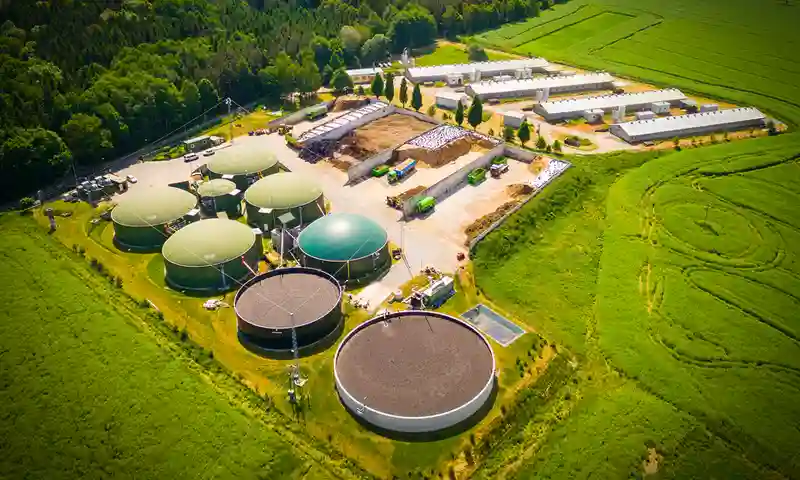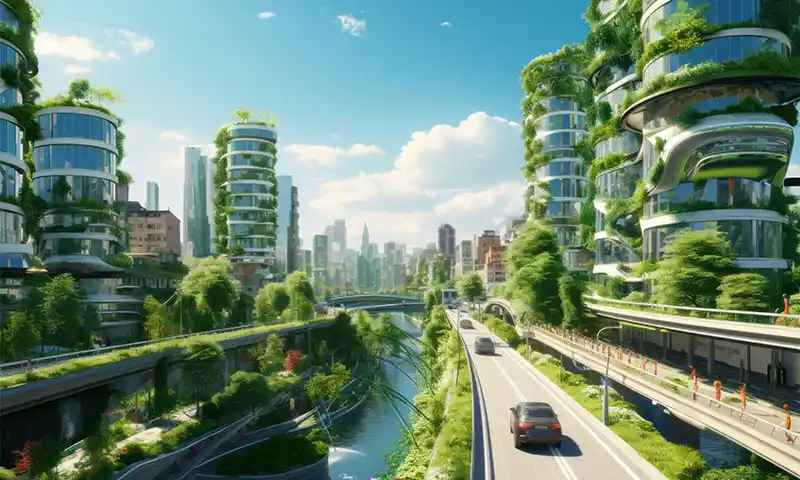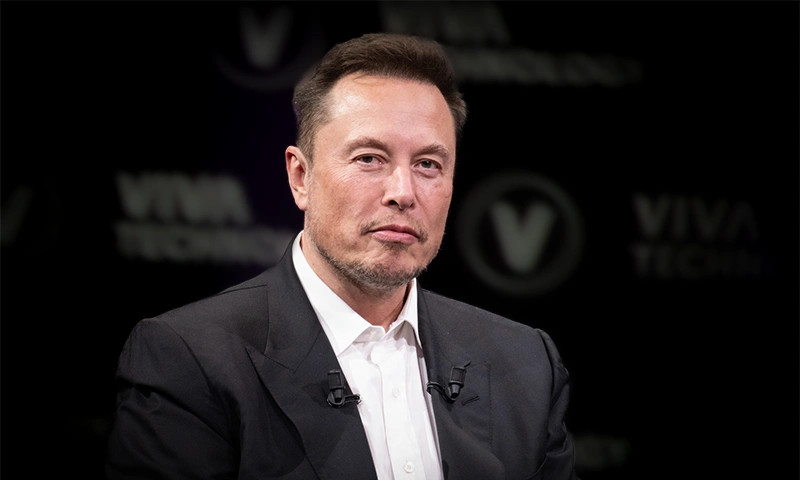Green Tech Innovations That Are Changing the World
In our contemporary society, the discourse on sustainability and environmental awareness has become central. Given the urgent issues that climate change poses; there is an immediate requirement for new solutions which could propel us towards a more sustainable tomorrow. This is where green technology (or green tech) comes in. Green tech is not merely a trendy term; it signifies profound transformation in our perspective about energy, transport, waste management and beyond. This article seeks to highlight some of the revolutionary green tech inventions that are not only transforming the globe currently but are also laying down foundation stones for posterity.
1. Renewable Energy Progressions
Rapid advancements in renewable energy are one of the most important green technology innovations. Wind, solar and hydro power are getting more efficient and affordable with time. These forms of renewable energy are very important in curbing our dependency on fossil fuels which are the main contributors to greenhouse gas emissions. Solar panels have become less expensive and more effective, while wind turbines are bigger and more powerful than ever before (source). Furthermore, battery storage technology improvements enable us store more excess energy so that we can use clean power at night or on cloudy days.
2. Electric Vehicles (EVs)
The public transport industry has been transformed by electric vehicles.The increasing efficiency of batteries a lot of those programmable come up with a reminder Everybody is out there contributing their share towards this shift For instance, countries like Norway have set a benchmark there where two-thirds of all new cars bought have to be electric The benefit for car drivers comes through less fuel costs compared to gasoline powered cars which leads to increased disposable income helping improve overall life quality This results in cleaner rainwater since such emissions do not contain sulfur dioxides thus reducing pollution levels around cities as well as helping fight against climate change in addition cutting down on noise pollution because they run silently even at high speeds.
3. Intelligent Grids
Smart grid technology is revolutionising traditional electrical power plug-in systems. These kinds of grid enable safer and more efficient transmission of electrical energy that results in reduction of associated wastes and improved dependability. The utility can now communicate back forth with their clients thereby better managing both electricity supply and demand. In addition, it enhances resilience and adaptability to future power requirements through integration of renewable power sources as well as battery package units.
4. Carbon Capture and Storage (CCS)
Carbon capture and storage (CCS) refers to a novel approach aimed at reducing CO2 discharged into the atmosphere by industries responsible for such emissions; this involves removing carbon dioxide emissions from their sources, transporting them to a deposition site, and injecting them beneath ground level. Indeed, this technology may be instrumental in substantially decreasing carbon dioxide discharge from industries such as cement-manufacturing plants whose de-carbonation has always been hard or impossible, steel-production firms, and electric energy generating facilities.
5. Sustainable Agriculture Technologies
Agriculture is another sector where green tech is making a significant impact. Precision agriculture uses data analytics, IoT devices, and AI to optimize farming practices. This can lead to reduced use of water, fertilizers, and pesticides, which in turn reduces the environmental impact of farming. Additionally, innovations like vertical farming and hydroponics are enabling food production in urban areas to be possible, reducing the need for transportation and consequently decreasing the carbon footprint associated with food production.
6. Green Building Materials
The construction industry is also undergoing changing patterns to be more sustainable through new developments in green building materials among other things. For instance cross-laminated timber (CLT), recycled steel or hempcrete have been applied to lower the buildings’ carbon emissions. Compared to traditional constructions these materials are usually less wasteful and more durable as well as efficient. Additionally some energy efficient designs utilizing passive solar heating systems and eco-friendly insulation products are witnessing increase in their application.
7. Technologies for Waste-to-Energy
As the world we live in is becoming more and more populous and wasteful, managing waste seems such an uphill task but green technology has made it easier. Waste-to-energy converts wastes into usable energy hence reducing the need for landfills as well as minimizing greenhouse gases released to atmosphere. Moreover, anaerobic digestion which deals with organic material resulting to biogas and pyrolysis which converts plastics to fuel are some of the specialized processes that are getting common among many industries today. Hence these technologies serve not just for environmental conservation but also turn our waste into something useful thus stabilizing the economy.
8.Water Purification Technologies
Clean water is an increasing concern particularly where there is drought or contamination. However, there are some great advancements made in green tech aimed at purifying water bodies thereby addressing concerns pertaining to cleanliness among other things. With techniques such as solar desalination plants and improved filteration systems that help to treat dirty water; it is now possible for people living in remote areas without enough drinking water supplies to access clean drinking water easily today than they did years ago. Furthermore,innovations in wastewater treatment recycle offer ways of spending little amounts on this scarce resource.
9. Approaches to Sustainable Packaging
The public’s fear of plastic waste has led to increasing investments in sustainable packaging solutions. For example biodegradable and compostable materials are being produced as alternatives for conventional plastics. Bioplastics from renewable resources like corn starch or sugarcane are gaining popularity as they decompose more easily in nature thus reducing the long-term effect of plastic pollution on the earth. Minimizing quantities of used material and easy recycling have also drawn companies toward fewer complicated designs.
10. Renewable Energy Microgrids
Renewable energy microgrids offer an answer to problems in remote or poor areas. They take advantage of local renewable energy sources like solar and wind for their small-scale electricity generation, so they can work off the main grid. Thus, such electricity provision is in a position to support electricity-starved communities while helping alleviate pressure put on electric supply systems by lowering total consumption from central generating plants.
Conclusion
The inventive utilization of green technology is what our future on this planet rests on. These new inventions that range from renewable energy breakthroughs to sustainable farming are not just assisting in alleviating climate change effects but also preparing for a better and lasting tomorrow. As we move forward, it will be essential to invest more in and develop green technology so as to deal with environmental problems in future while at the same time enhancing human life worldwide. The query is, will green tech revolutionize our world – it has already begun doing so; instead, how can we make this happen? There are many options available and they should be executed immediately.














